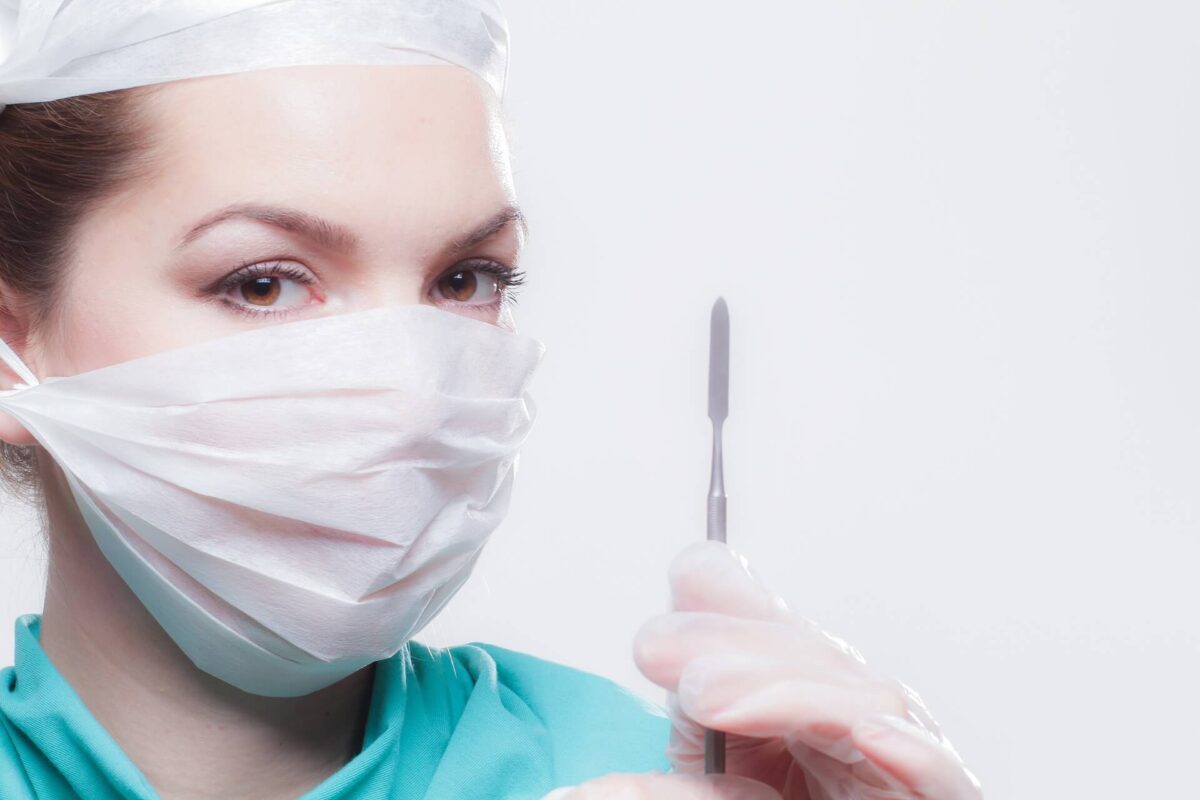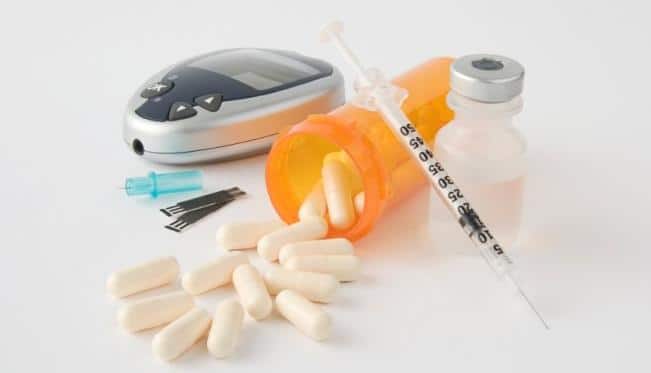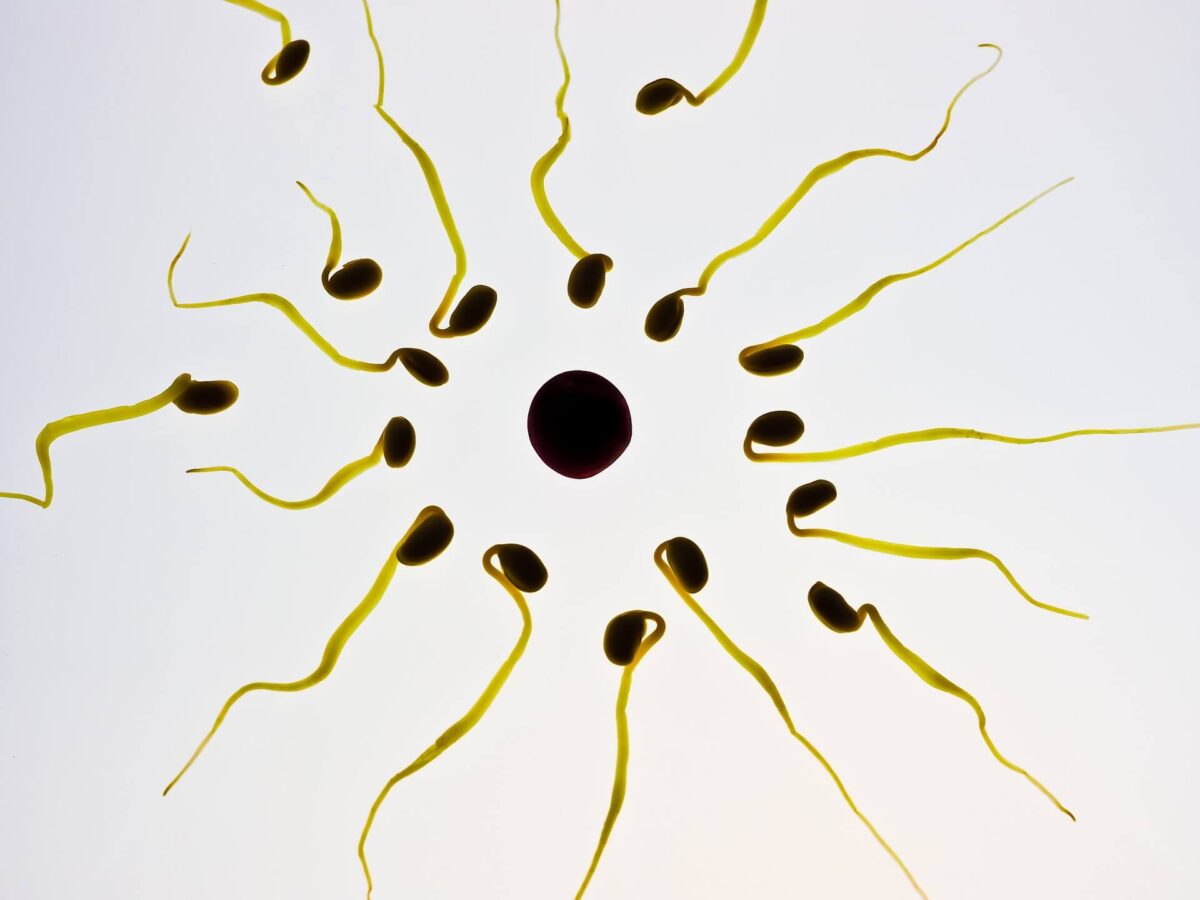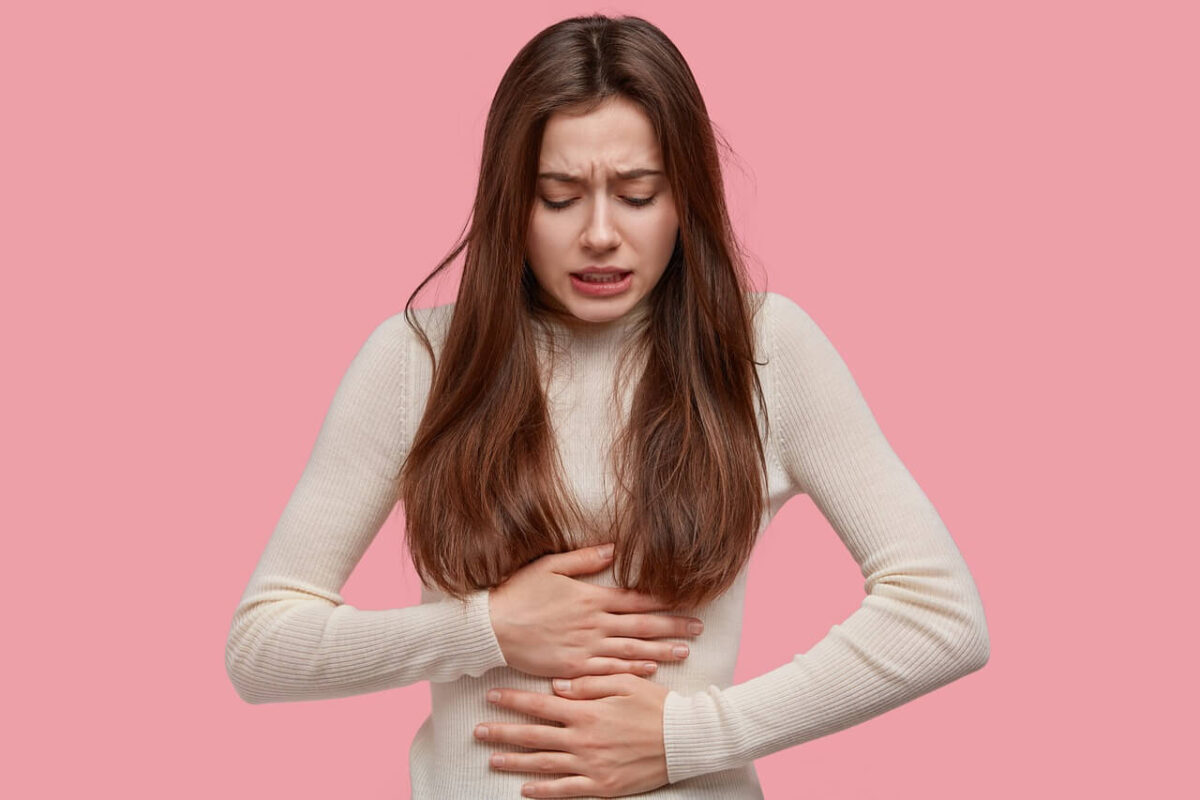Female Tubal Obstruction
Adhesions are scars which form on the outside of the oviducts. They tie down the tube; it cannot move at ovulation to scoop up the free-floating egg. Adhesions can be due to previous pelvic infections, or surgery. If the scarring is widespread, the open ends of the fimbria may be completely blocked. When liquid is passed through the tubes, it cannot flow out. This is known as hydrosalpinx.
Corrective surgery to free the tubes from external adhesions has a success rate of 60 to 70 percent. However, this high rate only applies if the mucus linings inside the tubes have not been damaged by the scarring. Yet, when the fimbria is blocked, this internal lining is almost always severely damaged.
The pregnancy rate then drops to between 5 and 20 percent. Keep in mind that there is always the risk that an operation to unblock the tubes can produce even more scar tissue. In these cases, one choice is in vitro fertilization.
Male Tubal Obstruction
The epididymes can be felt by gently rolling the testicles between the fingers and thumb. They are small comma-shaped lumps on top of the testicles; “epididymes” is Greek for “upon the twins.” They are, in fact, tightly coiled tubes which, if stretched out, would measure 20 feet.
After baby sperm leave the testicles, they mature in the epididymes, and develop swimming skills. If the epididymes tubes are blocked, the result is tubal obstruction. In rare cases, blocked tubes are the result of a birth defect. The vas tubes which carry the mature sperm to the penis can also be blocked.
Blocked tubes are a common problem in male infertility. They occur for the same reasons as in women; scars from previous infections or surgery. Surgery to repair defective tubes can be successful if the blockage is mild. However, if the degree of scarring is great, the outcome for unblocked tubes is low. One option in these cases is in vitro fertilization.









